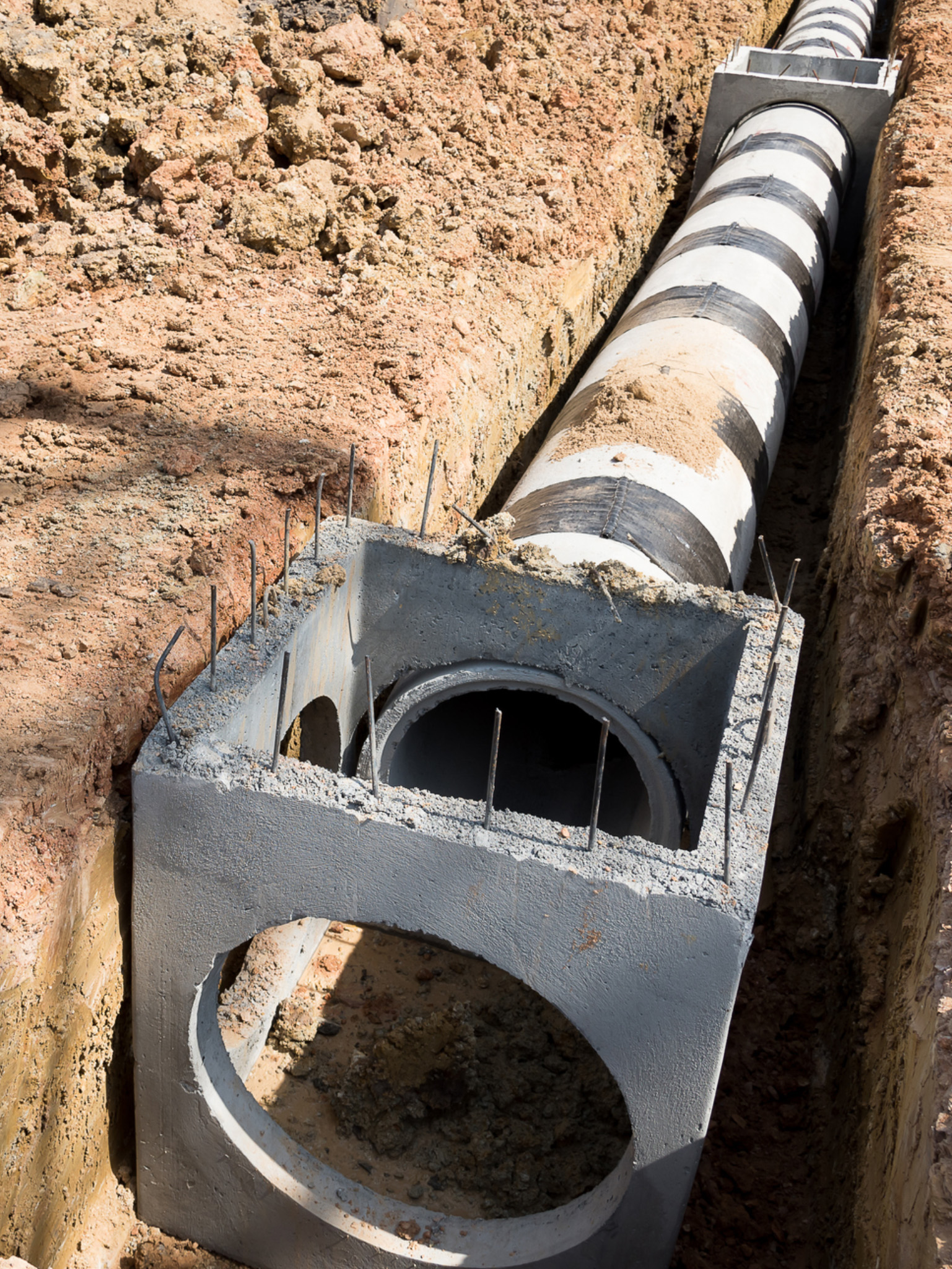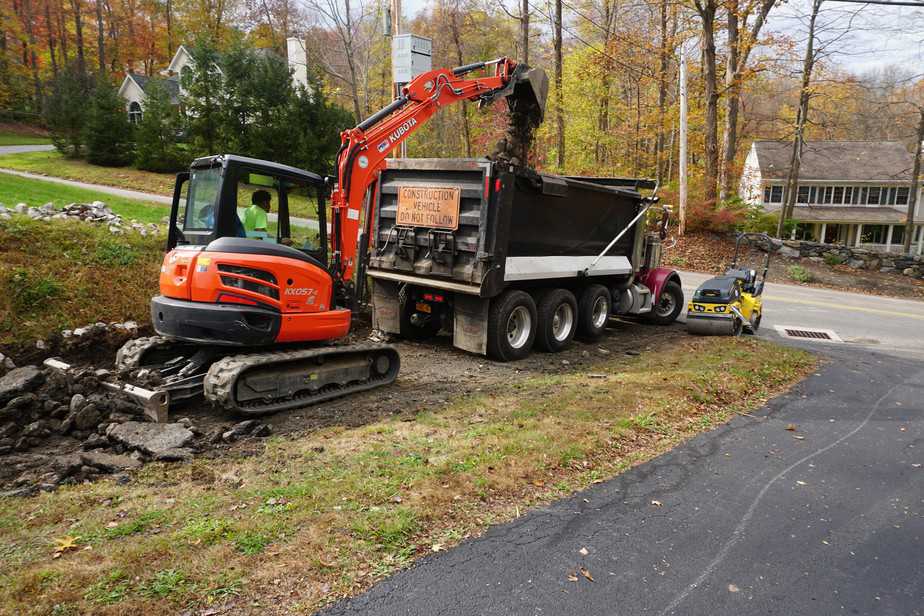Lancaster Trenching - Specialist Trenching Solutions in Lancaster, Ohio
Lancaster Trenching - Specialist Trenching Solutions in Lancaster, Ohio
Blog Article
In-Depth Expedition: The Science Behind Superior Excavation Practices
From ancient hand devices to modern-day hydraulic excavators, the advancement of excavation techniques has been a testament to human resourcefulness and technological developments. What genuinely establishes exceptional excavation methods apart is a deep understanding of geological concepts, combined with the use of advanced devices and techniques.
Evolution of Excavation Methods
Throughout background, the evolution of excavation strategies has played a crucial duty in advancing building and construction techniques and archaeological discoveries. From the primary devices utilized by our forefathers to the advanced equipment employed in contemporary times, the development of excavation techniques has actually considerably transformed how we come close to different jobs.
In ancient times, manual work with standard devices such as wheelbarrows, pickaxes, and shovels was the primary approach of excavation. This labor-intensive process restricted the depth and extent of excavations, often resulting in slow development and limited access to specific sites. Nonetheless, as worlds advanced, so did the devices and strategies made use of for excavation.
The Industrial Transformation noted a turning factor in excavation exercise with the introduction of steam-powered equipment. This technology revolutionized the field, enabling faster and more extensive excavations. In contemporary times, modern technology plays a crucial duty in excavation, with advancements like general practitioner systems, drones, and 3D scanning boosting precision and effectiveness in the field. The advancement of excavation methods continues to shape the means we construct, discover, and recognize the world around us.
Role of Modern Technology in Excavation

The combination of sophisticated modern technology has actually basically transformed the field of excavation, enhancing accuracy and efficiency to unprecedented levels. One of the vital technical innovations that has significantly impacted excavation techniques is the use of general practitioner systems. These systems enable precise mapping of excavation websites, allowing operators to precisely situate below ground utilities and frameworks. In addition, making use of telematics in excavation tools has actually enabled real-time surveillance of device performance, causing positive upkeep and boosted operational productivity.
Moreover, the introduction of 3D modeling and simulation software has streamlined the planning procedure for excavation jobs. Engineers and drivers can now picture the whole excavation process before damaging ground, determining possible difficulties and maximizing process. Combined with this, the application of drones in excavation activities has actually helped with airborne studies, volumetric measurements, and website evaluations with unequaled speed and precision.
Geological Concepts in Excavation
An understanding of geological principles is necessary for making certain the architectural honesty and stability of excavation websites. Geological elements play a critical duty in determining the feasibility and safety of excavation jobs (lancaster excavation). One essential geological concept to take into consideration is the kind of soil or rock existing at the site. Different soil kinds, such as clay, sand, or crushed rock, have varying degrees of security and require various excavation strategies. Cohesive dirts like clay may require extra assistance to stop collapses, while sandy soils may be susceptible to erosion throughout excavation.
Furthermore, the geological structure of the location, including faults, cracks, and rock formations, should be carefully analyzed to determine possible threats and challenges. Excavating near fault lines or unpredictable rock developments can cause instability and possible threats. By performing detailed geological studies click to read more and evaluation, designers and excavators can develop approaches to alleviate dangers and make certain the effective completion of excavation tasks. Eventually, incorporating geological concepts look at here now into excavation practices is crucial for attaining risk-free, reliable, and sustainable results.

Most Recent Tools for Excavation
In the world of excavation practices, modern advancements in tools have changed the performance and precision of excavation procedures. Among the most recent tools making waves in the sector is using drones geared up with sophisticated imaging innovation. These drones can provide in-depth airborne surveys of excavation websites, providing real-time information on topography and prospective risks. This information aids in far better preparation and decision-making throughout the excavation procedure.
Another cutting-edge tool gaining appeal is the implementation of 3D printing innovation for producing custom excavation equipment. This allows for the production of specialized devices that are tailored to the details demands of a project, enhancing effectiveness and reducing downtime.
In addition, developments in products scientific research have actually caused the development of stronger and much more resilient excavation devices. septic ohio. Tungsten carbide-tipped excavator add-ons, for instance, offer premium performance in challenging ground conditions, boosting productivity on-site
Scientific research's Effect on Excavation Practices

In addition, innovations in materials science have actually resulted in the production of stronger, more sturdy excavation tools and devices. For instance, making use of composite products in diggers and shovels has actually enhanced their efficiency and longevity, eventually raising efficiency on excavation sites. Additionally, scientific research study on soil technicians and geotechnical engineering has offered valuable insights into dirt behavior, allowing excavation professionals to make educated decisions pertaining to excavation approaches and soil stabilization techniques. Generally, scientific research remains best site to drive innovation and enhancement in excavation methods, making excavation jobs a lot more efficient, economical, and sustainable.

Final Thought
Finally, the evolution of excavation strategies has actually been significantly influenced by developments in innovation and a much deeper understanding of geological concepts. The current tools and equipment made use of in excavation have improved efficiency and precision in the area. The application of clinical expertise has substantially improved excavation practices, resulting in a lot more lasting and reliable methods for digging deep into numerous kinds of materials.
In the world of excavation techniques, modern developments in tools have changed the performance and accuracy of excavation processes. By leveraging clinical concepts, the excavation market has actually been able to dramatically enhance performance, accuracy, and security in excavation processes. GPR permits excavation teams to non-invasively check and map subsurface frameworks, utilities, and prospective risks, enabling them to plan excavation tasks with higher precision and lowered threat of mishaps.
Furthermore, clinical study on soil technicians and geotechnical engineering has actually offered valuable understandings right into soil behavior, enabling excavation specialists to make enlightened choices pertaining to excavation techniques and soil stabilization strategies. In general, scientific research proceeds to drive innovation and improvement in excavation practices, making excavation projects extra reliable, cost-effective, and sustainable.
Report this page